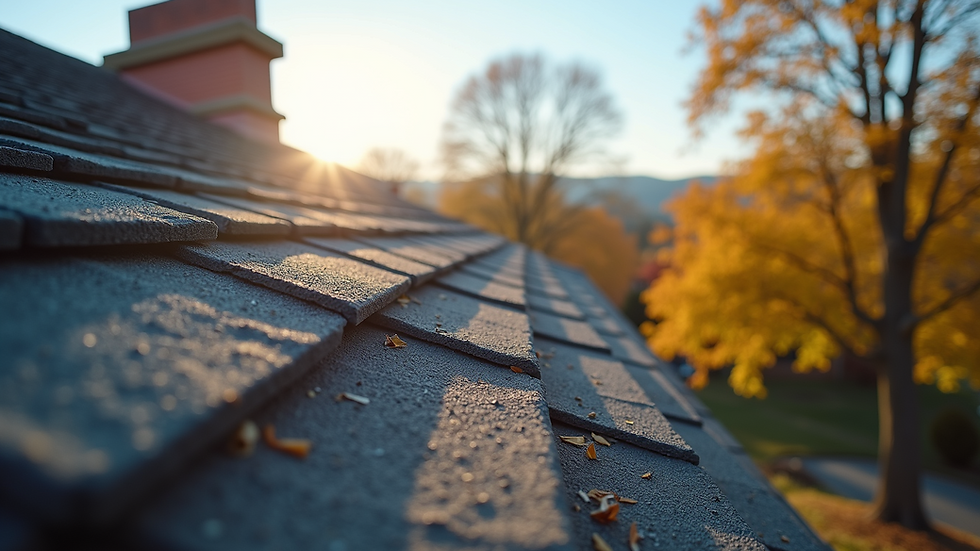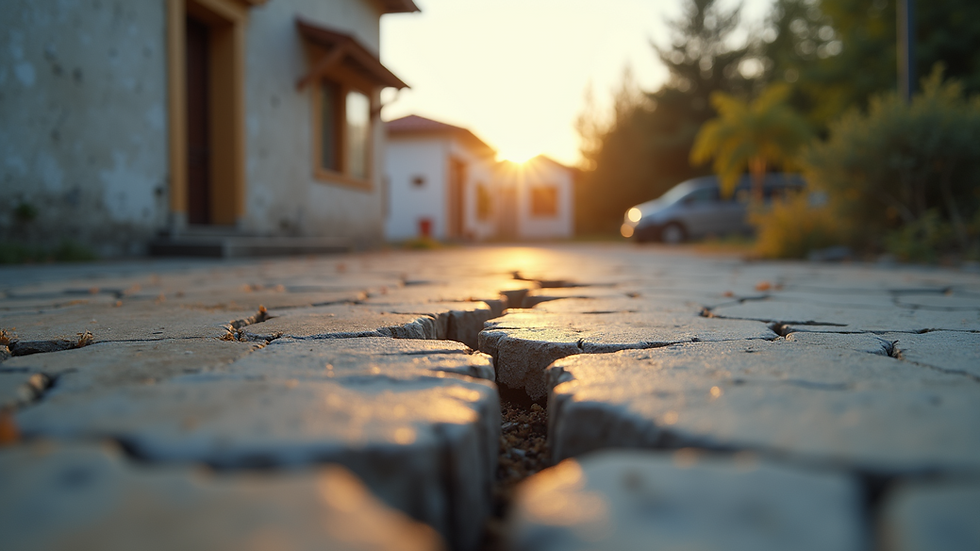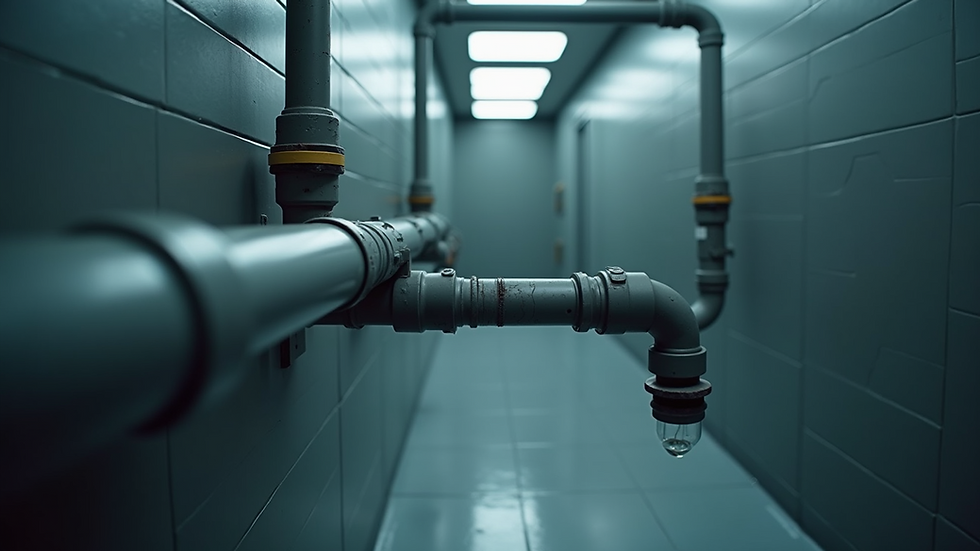What to Expect: Home Inspection Photography
- George Rapciewicz
- Jul 1
- 4 min read
If you are buying or selling a home, understanding what to expect from home inspection photography is crucial. Home inspections offer a window into the structural integrity and safety of a property. An equally important aspect of this process is documenting the findings through quality photography. Home inspection photos provide visual evidence that can play a key role in negotiations, disclosures, or even legal matters.
Inspection Photos Guide
Home inspection photography should capture images that accurately represent the condition of the property. These images not only facilitate communication between the inspector and the parties involved but also serve as vital documentation that can affect future real estate transactions. Here’s what you should expect during a thorough home inspection.

Importance of Quality Photos
High-quality photographs can make a significant difference in effectively conveying issues found during the inspection. Studies have shown that visual documentation is more easily understood and more convincing than text-based reports. It is critical to ensure that all images are clear and focused, providing a comprehensive view of the property’s interiors and exteriors.
For instance, capturing clear images of structural issues such as cracks in the foundation or signs of water damage will aid in understanding the severity of the problems. This will serve as essential evidence for anyone reviewing the inspection report.

Common Areas Captured in Home Inspections
Various elements of a home should be carefully photographed during a home inspection. Here are some common areas that get documented:
Exterior Features: This includes the roof, gutters, siding, and landscaping. Documenting the exterior can reveal any wear and tear, potential pests, or damages that may need addressing.
Interior Areas: Rooms should be photographed from different angles to provide a complete view. This will show wall conditions, flooring issues, and other relevant details.
Systems & Utilities: Essential systems such as plumbing, electrical panels, and heating/cooling systems should also be documented. Clear images can elucidate any risks that may require immediate attention.
Opting for an experienced home inspector who understands the importance of adequate photography can result in more insightful reports.

Who is Liable if Defects are Found After a Home Inspection?
Home inspection liability can be a complicated topic, especially when defects surface after the inspection. Generally, inspectors are not responsible for problems they could not have reasonably detected at the time of inspection. For example, issues hidden behind walls or under floors may go unnoticed unless specifically flagged during the inspection.
However, if the inspector fails to note evident problems, they may be liable for damages. This variance depends on local laws and the specific terms outlined in the inspection agreement. It's advisable for both buyers and sellers to read through this document carefully, as it can influence liability in the event defects are found later.
Understanding the liabilities associated with home inspections puts both buyers and sellers in a position of power when making decisions. Communicate well and always request documentation, including clear photographs, to ensure both parties are informed.
The Role of Technology in Home Inspection Photography
New technologies have changed the way home inspections are conducted. Traditionally, inspectors relied heavily on standard cameras to document findings. Nowadays, drones, thermal imaging cameras, and 360-degree cameras have become popular tools in the field.
Drones: Drones are used for photographing roofs and large areas that might otherwise be inaccessible. Aerial shots can showcase structural integrity and make evident any damage that needs attention.
Thermal Imaging: This technology can identify heat loss, water leaks, and insulation issues that aren't visible to the naked eye. Photos taken with thermal imaging can serve as compelling documentation when negotiating repairs or further evaluations.
360-degree Cameras: These can create an immersive view of spaces, allowing clients to explore a property virtually. This technology presents a unique way to experience a home, making it easier for buyers to understand its condition.
By leveraging these tools, inspectors can produce more detailed, accurate, and beneficial home inspection pictures for their clients.
Best Practices for Home Inspection Photography
To ensure the best possible outcome, both inspectors and clients should adhere to several best practices:
Proper Lighting: Ensure that areas being photographed are well-lit. Natural daylight is often ideal, but flash and additional lighting can be used to enhance visibility in darker spaces.
Angles Matter: Take photos from multiple angles to provide context. For instance, a room’s layout can be better understood with shots taken from different positions.
Label Images: Each photo should be labeled appropriately to indicate what the viewer is observing. This can include notes about any findings or areas of concern.
Organize Documentation: Keeping a well-structured format for saved images helps streamline the inspection report process and ensures that nothing falls through the cracks.
Include Contextual Information: Provide background information about each image. This could explain the condition of what is depicted, any necessary repairs, or preventative measures going forward.
By following these recommendations, inspectors can create a compelling and informative record of a property's condition.
Final Thoughts
Understanding what to expect from home inspection photography is crucial in real estate transactions. Quality images provide compelling evidence for negotiating repairs and offer peace of mind for buyers and sellers alike. By knowing the key areas to capture, utilizing technology effectively, and adhering to best practices, both parties can gain invaluable insights throughout the inspection process.
The next time you navigate a home inspection, remember the importance of clear, concise, and informative photography. Whether you’re buying or selling a home, being well-prepared can equip you with vital tools for success. For further resources on home inspection, including detailed and illustrative examples of home inspection pictures, feel free to visit home inspection pictures.


Comments